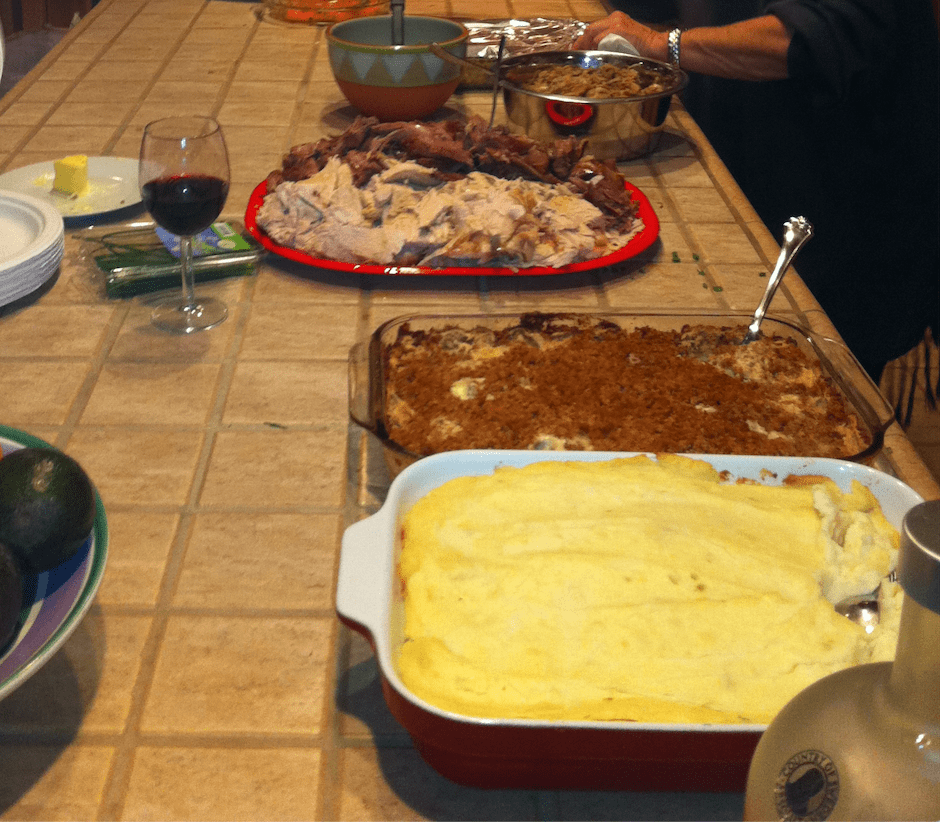General Information Data:
Material Folklore, Food
Language: English
Country of Origin: United States
Informant: S.T.
Date Collected: 11/12/2021
Informant Data: S.T. is a 40 year-old mother born and raised in Portland, Oregon. The informant is the Aunt of the collector, and their two families celebrate Christmas together. She is a Mother of two who enjoys making homemade jewelry, cooking, and leading an active lifestyle. The informant says she loves spending time with her family and enjoys wholesome holiday celebrations.
Contextual Data
Cultural Data: The holiday season in America is a time for gatherings and camaraderie. Around Christmas time, large holiday events are hosted for families and friends to gather in a festive setting. These parties are put on as “potlucks”, in which each member in attendance brings a dish to provide to the party. This culture of potlucks and holiday parties creates the opportunity to observe unique folklore.
Social Data: S.T. comes from a large but tight knit family. The family has resided in the Portland metropolitan area for generations, and the Family is known to host large holiday parties for both friends and family. S.T.’s mother and grandmother were both great cooks, and they have passed down family recipes through generations.
Item: For every Christmas party, a member of S.T.s family brings a Broccoli Dish. Originally, S.T.’s mother was responsible for bringing the special dish. After her mother passed away, S.T. inherited the tradition of making the Broccoli Dish for parties. The recipe has been committed to memory and passed down through generations of women in the informants family. It is a baked dish consists of broccoli, multiple types of cheese, a guarded spice mixture, and breadcrumbs. However, this is the extent of information S.T. was willing to provide, as she doesn’t want to give away the recipe.
Associated File:

This is an image of the Family preparing Christmas Dinner. At the bottom of the image is a platter of Mashed Potatoes. The platter above to the potatoes with a spoon in it is the esteemed Broccoli Dish.
Transcript: “After Momo [the informant’s mother] died, I have been the one who makes the Broccoli Dish to Family Christmas. I love doing it, and I learned how to make the dish by cooking with Momo around Christmas time since I was a kid. I know it’s popular every year because it is always gone by the end of the night. I remember a few years ago, [my husband] forgot to bring the dish from home and we all made him drive back home to get it!”
Collectors Comments: This appears to be a great example of a customary folkloric food item. The origins of the Broccoli Dish’s original recipe are unknown. It has been passed down orally through generations in the informants family. Family members learn how to make the dish through collective effort and collaboration. Over time, due to changes of availability and preferences of ingredients, there have been multiple iterations of Broccoli Dish, exemplifying multiple existence.
Collectors Name: Jackson McGinley

